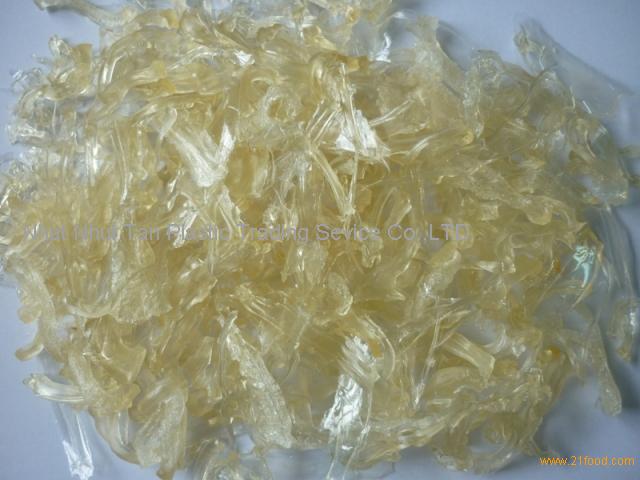

However, the pharma grade segment is projected to portray the highest CAGR of 6.7% from 2021 to 2030. The report offers detailed segmentation of the global fish gelatin market based on product type, application, and region.īased on product type, the food grade segment held the highest share in 2020, contributing to nearly three-fifths of the total market share, and is expected to maintain its leadership status during the forecast period. This also reduced the demand for fish gelatin. Production activities in application sectors such as cosmetics have been hampered.In addition, trade restrictions in several countries impacted the logistics and transportation operations.This closure impacted the sales volume of fish gelatin that is used in confectionery products. Owing to lockdown restrictions imposed by governments of many countries, there has been notable proportion of shutdown of the hospitality industry, including quick service restaurants and full-service restaurants.

#Norland fish gelatin pdf#
On the other hand, surge in usage in cosmetics and demand for specialty and functional food products present new opportunities in the coming years.ĭownload Report Sample (254 Pages PDF with Insights) at:

However, stringent food regulations towards animal-origin food additives and lack of awareness hinder the market growth. Numerous health benefits offered by fish gelatin and rise in adoption from the pharmaceutical and food & beverages industries drive the growth of the global fish gelatin market. The report offers a detailed analysis of changing market trends, top segments, key investment pockets, value chain, regional landscape, and competitive scenario. 11, 2021 (GLOBE NEWSWIRE) - According to the report published by Allied Market Research, the global fish gelatin market generated $276.1 million in 2020, and is estimated to reach $496.3 million by 2030, witnessing a CAGR of 6.1% from 2021 to 2030. These levels are generally assumed to be safe for fish-allergic individuals.Portland, OR, Oct. From the other 22 lots, the one with the highest concentration contained 0.15 µg g(-1) of parvalbumin. From 95 commercial lots of fish gelatin it is shown that 73 are below 0.02 µg g(-1) parvalbumin. Washing of the skins, a common industrial procedure during the manufacturing of fish gelatin, reduced the level of parvalbumin about 1000-fold to 0.5 µg g(-1), or 0.5 ppm. The data show that the parvalbumin content in cod muscle tissue is 6.25 mg g(-1), while the skins contained considerably less, 0.4 mg g(-1). Fish gelatin, wine and beer, matrices for the potential use of this ELISA, did not cause disturbance of the assay performance. The ELISA was sufficiently sensitive (LLOQ = 0.8 ng ml(-1) in extracts, corresponding to 0.02 µg of parvalbumin per g of tissue), and did not cross-react with common food constituents. The ELISA was applied to measure parvalbumin in cod skin, the starting material for fish gelatin made from deep sea, wild fish. The antibodies were tested for specificity and an enzyme-linked immunosorbent assay (ELISA) was developed using these antibodies. The major allergen parvalbumin was purified from cod muscle tissues, and polyclonal antibodies were raised towards it.


 0 kommentar(er)
0 kommentar(er)
